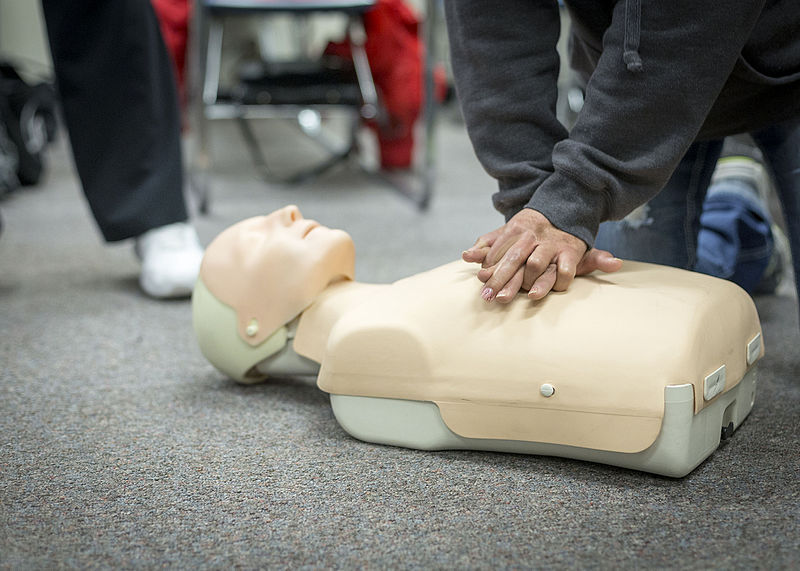A recent study published in the Clinical and Experimental Emergency Medicine Journal shows that more frequent CPR training is necessary for maximum retention. As a result of this study, different organizations are doing what they can to update their CPR training requirements. Specifically, at Indiana University Health, leaders changed their policy to require all of their 20,000 frontline caregivers to take a CPR training course at least once every two years in a classroom environment. However, even bigger changes are coming.
This updated policy is based on the study cited above which showed that CPR retention rates are not as good as people had once thought. The study proved that retention rates started dropping in as little as 3 to 6 months. Moreover, the results of the study illustrate that “conventional CPR training appears to be more effective for the retention of chest compression skills than hands-only CPR training; however, the retention of artificial ventilation skills after conventional CPR training is poor.”
Thus, regardless of whether one is practicing traditional CPR with rescue breaths or simply hands-only CPR, there are major issues with retention rates. In addition, certified CPR practitioners were asked to rate their level of confidence in performing CPR only three months after receiving their training, and the bulk reported a significant drop in their confidence level.
As a result of the findings in this study, IU Health decided to make changes to their CPR training policy for all frontline caregivers. They began in back 2017 by piloting a program called the Resuscitation Quality Improvement Program which was created by the American Heart Association. This program offers CPR training every quarter in order to keep skills fresh. Since 2015, approximately 750 hospitals in the United States have been offering this program to their workers.
IU Health has found great success with their new policies. Their initial pilot program found that all 200 of the participating nurses and paramedics retained their CPR skills every quarter. In addition, they even improved in some areas, such as chest compression quality.
The program consists of about 80 mannequin carts as well as online CPR training courses and is estimated to cost IU Health approximately $7 million over the next five years. However, despite the price tag, Dr. Jonathan Gottlieb, the health system’s chief medical officer, says that it’s actually a cost-effective investment. He emphasized that the flexibility of online learning allows their workers to gain the knowledge at their own pace and from anywhere, and thus, there was no need to backfill their positions while they received their training.
Due to the findings in this study and the efficacy of the Resuscitation Quality Improvement Program, online CPR courses have seen increased interest throughout the country. Because retention rates and confidence levels for CPR are surprisingly low after only 3 to 6 months, many organizations and individuals are seeing the importance of renewing their CPR certifications, and online programs are an easy way to keep their skills current.
The Resuscitation Quality Improvement Program is set to be implemented in all 16 of IU Health’s hospitals by mid-year, 2020.
Read more: http://www.digitaljournal.com/pr/4680501#ixzz6MHOQ2PeE





